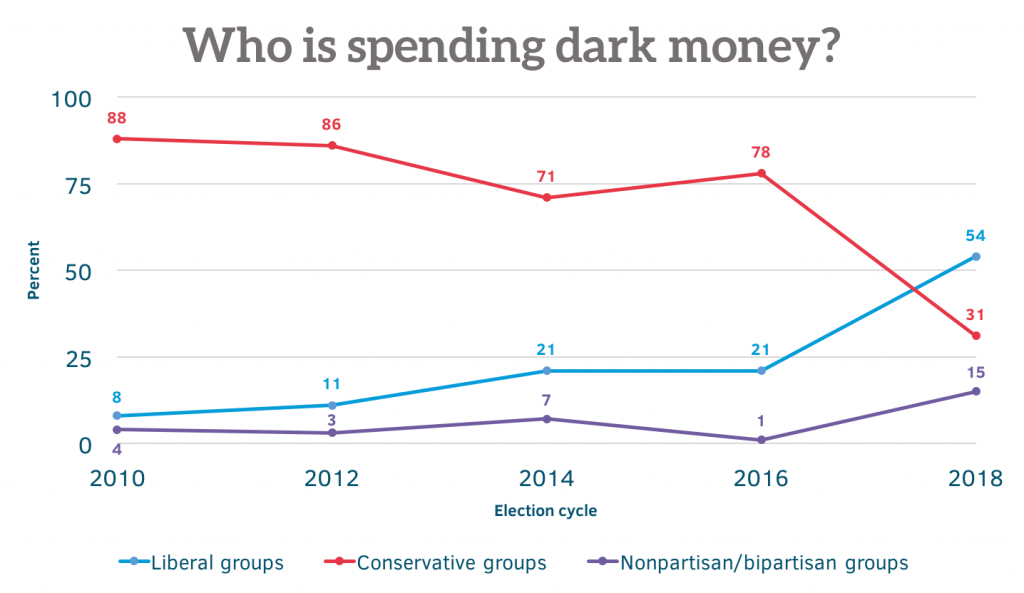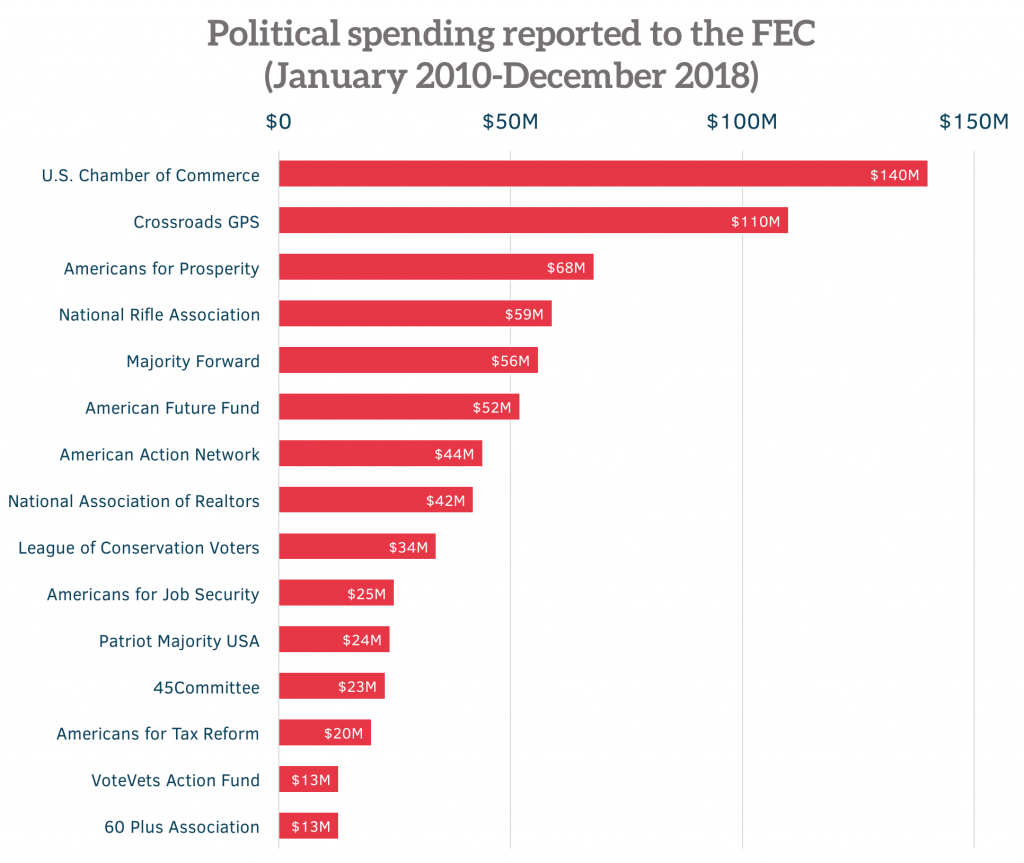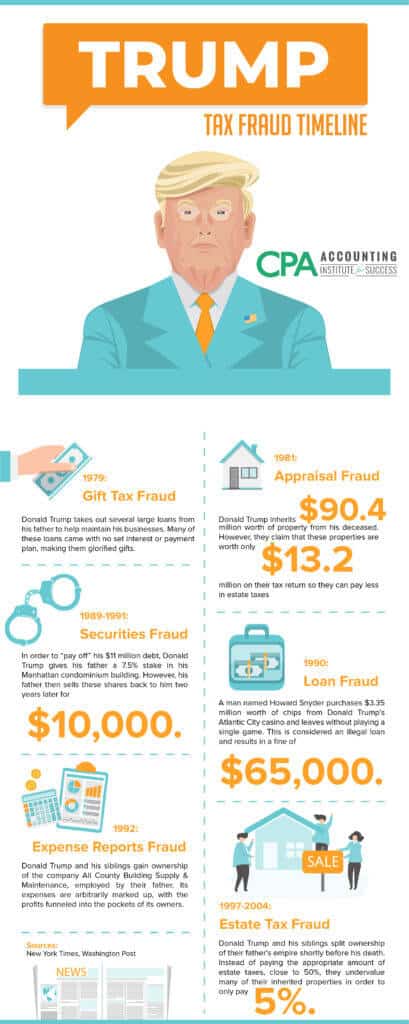Anthony Cilluffo and Richard Fry at Pew:
We project that the 2020 election will mark the first time that Hispanics will be the largest racial or ethnic minority group in the electorate, accounting for just over 13% of eligible voters – slightly more than blacks. This change reflects the gradual but continuous growth in the Hispanic share of eligible voters, up from 9% in the 2008 presidential election and 7% in the 2000 election. The black eligible voter population has grown about as fast as the electorate overall, meaning their share has held constant at about 12% since 2000.
In raw numbers, a projected 32 million Hispanics will be eligible to vote in 2020, compared with 30 million blacks. The population of Asians eligible to vote will reach an estimated 11 million in 2020, which is more than double the 5 million who were eligible to vote in 2000, accounting for 5% of year’s electorate.
Taken together, this strong growth among minority populations means that a third of eligible voters will be nonwhite in 2020, up from about a quarter in 2000. This increase is at least partially linked to immigration and naturalization patterns: One-in-ten eligible voters in the 2020 election will have been born outside the U.S., the highest share since at least 1970.
...
Another important long-term trend is the overall aging of the electorate. In 2020, nearly a quarter of the electorate (23%) will be ages 65 and older, the highest such share since at least 1970. This reflects not only the maturation of the large Baby Boom generation but also increased life expectancy among older Americans.
Baby Boomers and older generations, who will be ages 56 and older next year, are expected to account for fewer than four-in-ten eligible voters in 2020. This is a significant change from 2000, when nearly seven-in-ten eligible voters (68%) were Boomers, Silents or members of the Greatest Generation (collectively, those ages 36 and older at the time). Even as recently as 2012, when the youngest Boomer was 48 years old, Boomer and older generations were about half of the electorate (49%).



